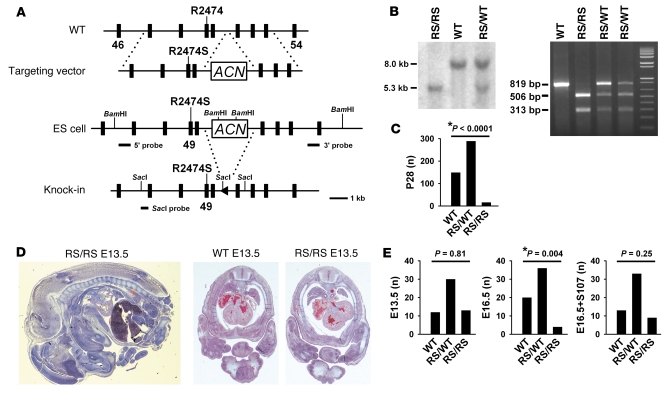Figure 1. RyR2-homozygous R2474S knock-in mice exhibit increased embryonic lethality that is reduced by a novel RyR2 stabilizing drug (S107) that inhibits Ca2+ leak.
(A) Generation of Ryr2-R2474S knock-in mouse. Top: targeted mutagenesis of mouse RyR2 exon 49; middle: homologous ES cell recombination of the mutant Ryr2-R2474S allele; bottom: Cre-mediated excision of the floxed neo cassette results in Ryr2-R2474S knock-in. (B) Confirmation of homologous recombination of mutant Ryr2-R2474S allele by Southern blot (left); PCR detects mutant R2474S (RS) allele in progeny (right). (C) Lethality of the homozygous Ryr2-R2474S (RS/RS) mice at day 28 after birth as evidenced by significant non-Mendelian inheritance with underrepresentation of the homozygous genotype. (D) Normal embryonic development and cardiac maturation up to day E13.5 as shown by representative histological sections. Original magnification: ×3 (left, longitudinal section), ×5 (right, cross-sections). (E) Rescue of homozygous Ryr2-R2474S embryos by treatment of the pregnant mothers with S107, a small compound that binds specifically to RyR2, enhances calstabin2 binding and inhibits Ca2+ leak from mutant RyR2 channels. Up to day E13.5, there was normal Mendelian inheritance (left). However, embryonic lethality was evidenced by abnormal Mendelian inheritance at day E16.5 (middle), and this was prevented by S107 treatment, which resulted in normal Mendelian inheritance due to improved survival of the homozygous Ryr2-R2474S embryos (right). P values represent statistical comparison of the observed genotypes to expected genotypes based on Mendelian inheritance patterns. Asterisks indicate significant difference between the observed and expected genotype ratios.

